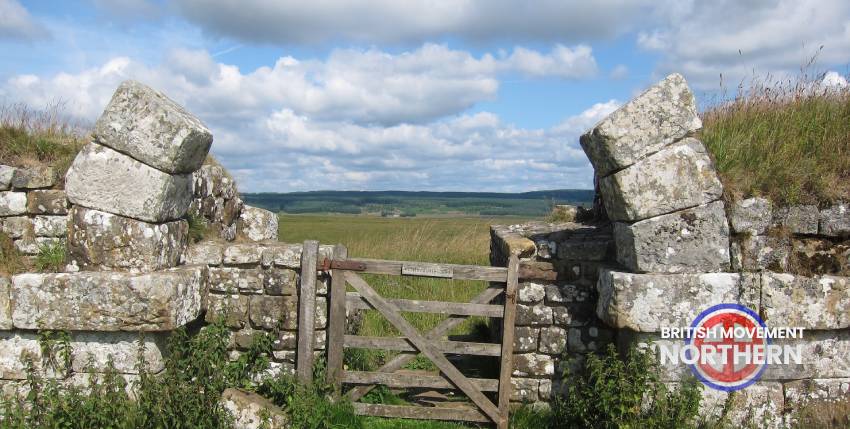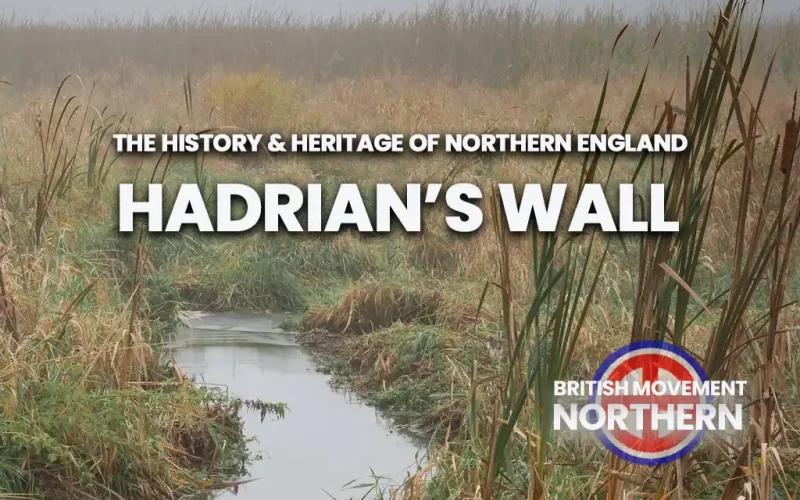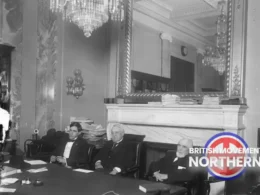Although this series aims to highlight the history of Northern English towns and cities, on this occasion the focus shifts to Hadrian’s Wall, not a town or a city but a significant historic structure.
This year 2022 marks the 1900th anniversary year of Hadrian’s Wall, with construction beginning during the Roman occupation of Britain in AD 122.
The construction began on the direct orders of the Roman emperor Hadrian and the construction work was undertaken by the Roman Army with a good deal of labour provided by conscripted British locals and plenty of slaves.
The original plan was for the wall to run for 80 Roman miles, linking the Roman forts at what would become South Shields and Newcastle on Tyne in an unbroken defensive line to what today is the city of Carlisle. The Roman fort at what is today the town of Hexham was an important staging post for the Roman army.
Known to the Romans as the Vallum Hadriani, the massive structure runs from modern day Wallsend, just outside Newcastle upon Tyne, and runs for 73 modern miles westwards across the North of England to end at Bowness on Solway. The wall crosses three modern day counties; Cumbria, Northumberland and Tyne and Wear. but was originally the boundary between the Roman province of Britannia and the unconquered Celtic tribal kingdoms of Caledonia.
In total Hadrian’s Wall finally included 80 so-called “mile castles” and 17 large forts, the completed wall was under Roman control for 300 years. There were a number of ‘border crossing’ points built into the wall and these allowed trade routes to flourish in times of peace with goods and materials flowing through from Caledonia and into Caledonia from Britannia.

After the Romans left Britain, the wall slowly fell into disrepair and was never recognised again as the border between England and Scotland.
Although not a town, the existence of Hadrian’s Wall was an important landmark for the North of England and many modern towns and villages across Cumbria, Northumberland and Tyne and Wear owe their origins to their position along the line of Hadrian’s Wall.
The British Movement would love to receive articles for possible inclusion on this site from members and supporters across the North of England. Please remember that we have to operate within the laws of this country – we will not include any content that is against the current laws of the United Kingdom. News reports should be topical and be relevant to the regions covered by this website.












